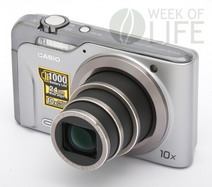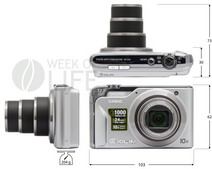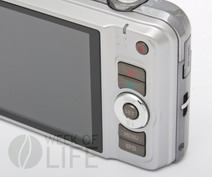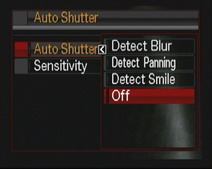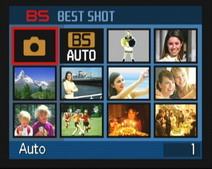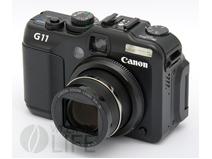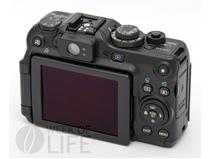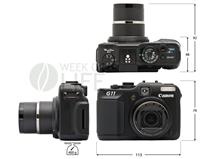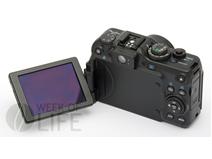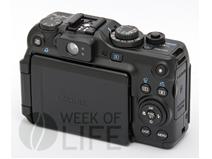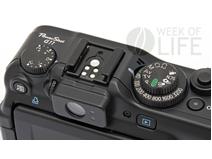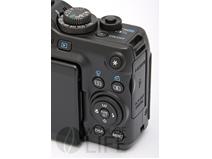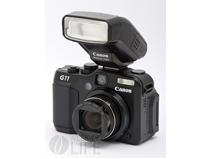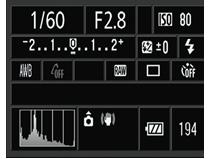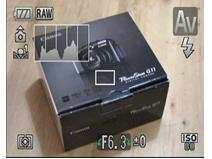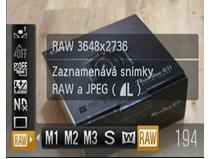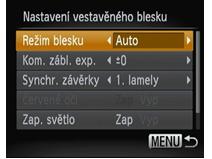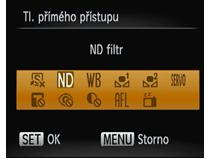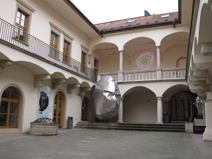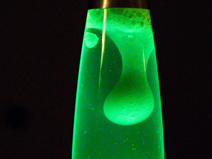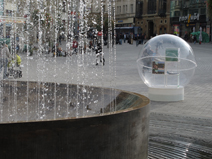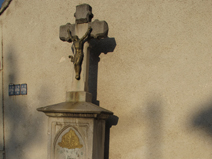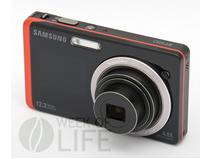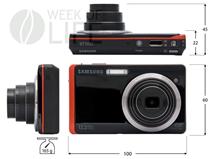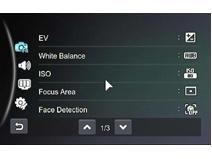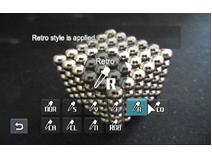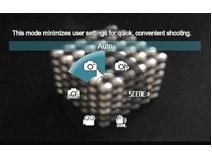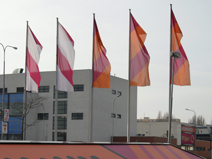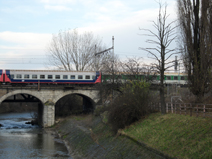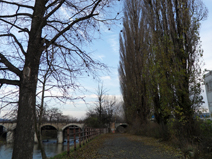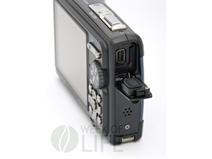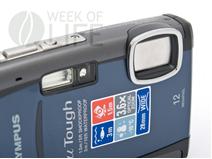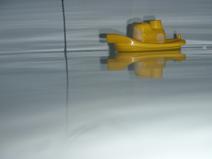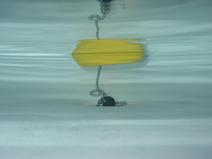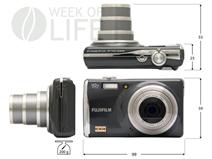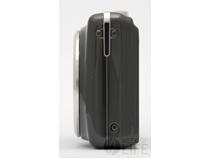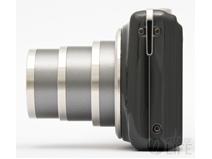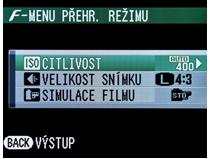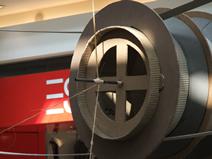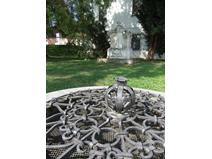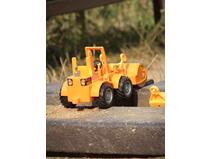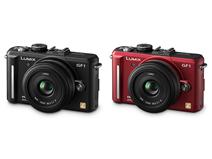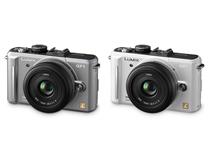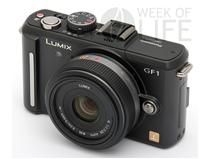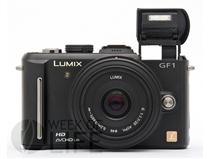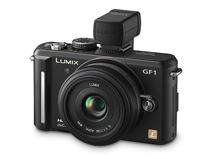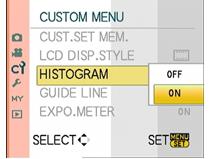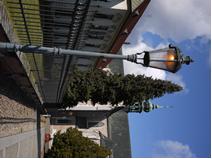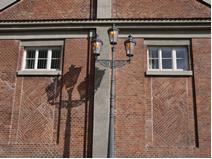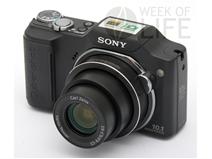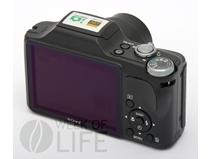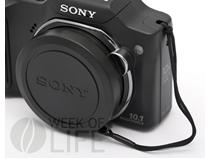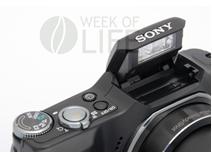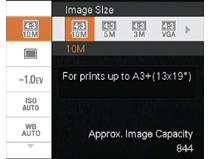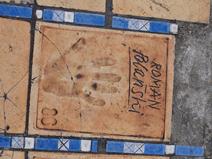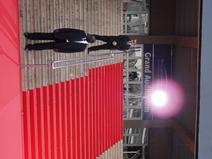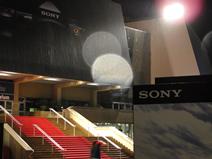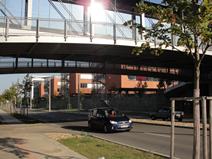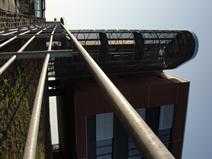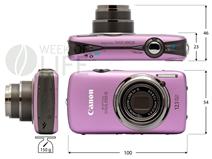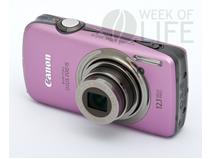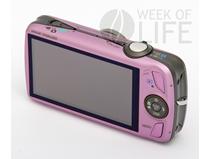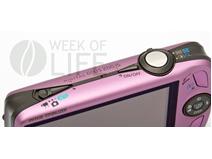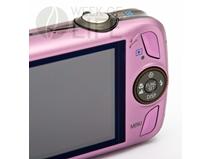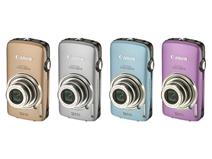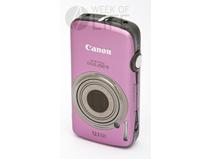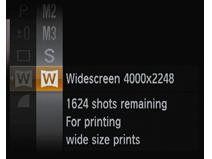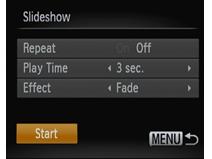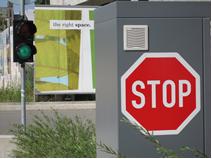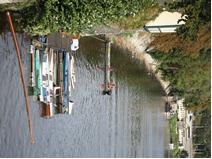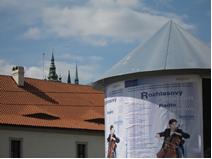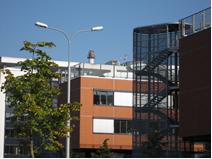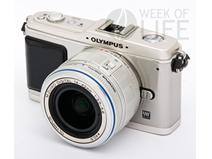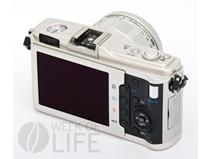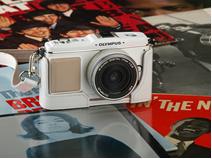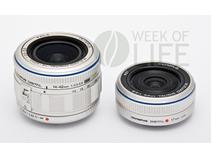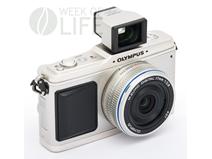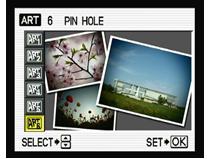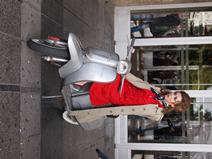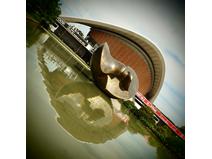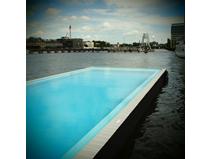Digital reflex cameras certainly belong at the top of contemporary photographic equipment, and Canon deserves a spot among the leading manufacturers of these advanced machines. Much like compact cameras, digital reflex cameras offer various possibilities to choose from. This review introduces the most advanced model of the Canon digital SLR utilizing the APS-C image sensor – Canon EOS 7D.
The Canon digital SLR’s can be separated into three different categories based on sensor size. The high-end models use full-frame sensors, with a 36 × 24 mm format corresponding to the size of the cine film frame. One of the hi-speed reportage models features a slightly smaller sensor size of the APS-H type (27.9 × 18.6 mm), however, the vast majority of Canon digital SLR’s – as well as the reviewed EOS 7D – use the APS-C type with a 22.3 × 14.9 mm format. Should the size of the APS-C sensor seem small, you should realize that top-notch compact cameras use a format of approximately 7 × 5 mm, or (usually) smaller. This means that the APS-C image sensor size is ten times larger than the chipsets used in compact cameras, resulting in much better image quality.
 |
 |
Canon EOS 7D introduces the concept of a classic single-lens reflex camera that uses the SLR type optical viewfinder, as opposed to cameras using the Micro 4/3 standard (Olympus Penand Panasonic Lumix DMC-GF1– see our reviews). At this moment, it cannot be stressed enough that the viewfinder of the EOS 7D is not only of exceptional quality, but is also very spacious and shows nearly a 100% of the captured scene. Also, Canon has come up with a bundle of new features, giving us for example the ability of the viewfinder to display a grid for easier composition of images, as well as a displayed straightedge, a very innovative feature coming from this brand.
The camera body is robust and ergometric. Nevertheless, be prepared to carry nearly one kilogram of weight plus the lens, which can prove to be quite a lot, especially on the road. On the other hand, you can trust its endurance – the body is made of magnesium based alloys and is precisely tightened to protect it from dust and humidity (caution, its water-resistance does not go as far as putting it under water).
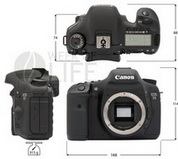 |
||||||||||||
|
||||||||||||
A three-inch LCD display with a high VGA resolution (920,000 px) dominates the back side of the EOS. You will appreciate the excellent image quality it provides not only while viewing images but also when photographing with the Live View regime or when taking video sequences. Yes, this is a modern reflex camera that enables not only typical photography but also video.
Being a device suitable for creative photographers, the body is covered with many controls and access to the most important functions is swift even by touch with the camera at eye-level. You will find the usual circular regime select switch at the top left, where you will also notice three modes C1 to C3, which represent Custom-user regimes, where you can store your own camera settings.
A large part of the top right side takes up a rather sizable monochromatic status display, displaying a large number of the camera parameters.
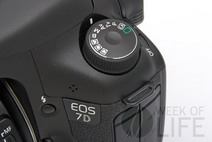 |
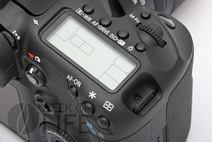 |
Putting aside the actual sensor chip with its outstanding resolution of 18 Mpx, we find a number of other great technical solutions, functions, and properties with the Canon EOS 7D. First of all, one cannot miss the new autofocus that uses nineteen cross-focus points. These can be used either individually or they can be associated in groups according to several schemes and functions. The EOS 7D autofocus is very fast and reliable – as is typical for Canon after all. The only disadvantage is a rather unfortunate layout of the focus points in the shape of a horizontal diamond – thus the areas near the corners of the view are not covered – in fact, all nineteen points are clustered in the middle of a captured scene.
|
The Canon EOS 7D is also a very fast digital SLR camera. Other than its swift automatic focus, it is capable of capturing fast series shots, up to 8 images per second. These can naturally be taken not only in the obligatory JPEG format but at the same speed in RAW (CR2).
Every digital reflex camera is to a certain extent a modular machine, allowing the user a choice of lenses. In the case of the EOS 7D, a representative of a reflex camera with an APS-C sensor, you can use both the Canon EF type full-format lenses and lenses designed for these Canon cameras with this sensor – the EF-S type. With both there is a so-called crop factor of 1.6× (due to a sensor smaller than a cine film frame, the focal length of the lens must be multiplied by the crop factor).
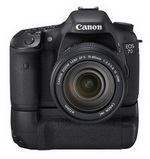 |
 |
| Foto Canon | |
It is necessary to extend the EOS system to include system flashes or vertical grips. Canon EOS 7D supports two – the BG-E7 battery grip enabling the use of either two Li-Ion or six AA batteries and the WFT-E5, a module equipped with a WiFi connection and USB port. Both grips have a vertical shutter release and other elements for better grip and handling when taking portrait photographs.
Examples of the camera menu of Canon EOS 7D
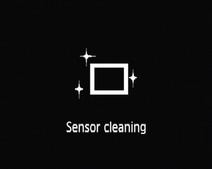 |
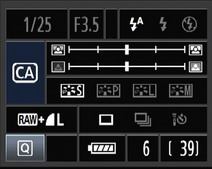 |
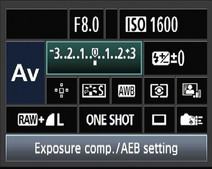 |
 |
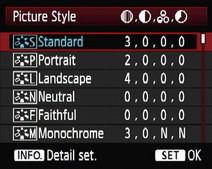 |
 |
Overall evaluation
With nearly any modern digital reflex camera it is unnecessary to evaluate the image quality: in the overwhelming majority of cases – and Canon EOS 7D is not an exception – photographs captured are excellent (although it of course depends on the lens used). The high resolution of the sensor system of the EOS 7D will enable you to print sizable enlargements and significantly crop the images.
The camera is resistant, fast and reliable, its handling is sufficiently intuitive – and therefore despite a slightly higher price the use value is outstanding.
Common price (at the time of this review being published): $1,648.95 (Body Only)
Basic technical data for Canon EOS 7D
Sensor
CMOS 22.3 × 14.9 mm (crop factor 1.6 ×)
17.9 Mpx (5,184 × 3,456 px)
Sensitivity ISO 100 to 12,800
Shutter
Shutter speed 30–1/8,000 s
Flash X-Sync 1/250 s
Burst buffer 8 fps
Optics
Exchangeable lenses of the EF and EF-S standard
Autofocus
19-point
Live view
Yes, real time live view of the scene from the CMOS image sensor
Memory medium
CF
Data formats
Image: JPEG, RAW (CR2)
Video: MOV
Video
1,920 × 1,080 px, 25 fps
1,920 × 1,080 px, 24 fps
1,280 × 720 px, 50 fps
640 × 480 px, 50 fps
Mono sound, via external microphone – stereo
LCD
Screen size 3” (76 mm)
920,000 px
Power supply
Li-Ion battery, optional wireless portrait grip
Dimensions and weight (body only)
148 × 114 × 74 mm (w × h × d)
915 g (incl. battery and memory card)
 |
 |
 |
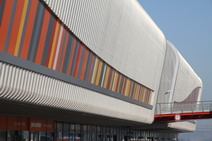 |
 |
 |
 |
 |
 |
 |
 |
 |
 |
 |
 |




